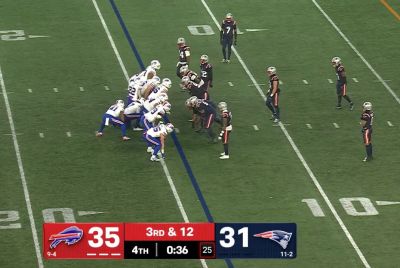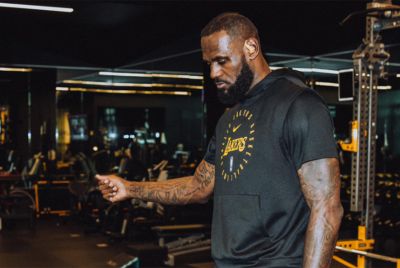Formula 1 German GP 2013: Lewis Hamilton Grabs Stunning Pole in Final Lap
Red Bull's Sebastian Vettel and Mark Webber will start second and third. Ferrari's Felipe Massa and Fernando Alonso seventh and eighth on medium tyres
Lewis Hamilton claimed pole position for the 2013 Formula 1 German Grand Prix at the Nürburgring on Saturday 6 July, after an absolutely thrilling last-gasp attempt. The Mercedes driver makes it two consecutive pole starts this season and three overall, after claiming top spot at the Malaysian Grand Prix in March and in his home race at Silverstone last weekend.
READ: Formula 1 German GP 2013: Where to Watch Race Live, Qualifying Review and Weather Updates
![Lewis Hamilton [Mercedes F1]](https://d.ibtimes.co.uk/en/full/386322/lewis-hamilton-mercedes-f1.jpg?w=736&f=ff3eab529f62a8b960607533be9c49df)
The 2008 world champion edged defending world champion Sebastian Vettel of Red Bull into second with literally the last lap of the 60-minute qualifying period, clocking 1:29.398 to the German's 1:29.501. Red Bull Racing will still be relatively pleased though, after Vettel's team mate, Mark Webber, produced a 1:29.608 to see off competition from Kimi Raikkonen in his Lotus-Renault; the Finn managed 1:29.892 for fourth.
Raikkonen will be followed on the grid by his team mate, Romain Grosjean, with both Lotus cars performing reasonably impressive despite concerns over car balance and set-up in the slightly colder weather.
The second major highlight of the session was a brilliant drive from Toro Rosso's Daniel Ricciardo. The Australian produced 1:30.528 for sixth on the grid. The third was the elimination of Mercedes' Nico Rosberg.
The German will be heartbroken after a wrong call from his team resulted in finishing 11th in the second section of qualifying, with a best of 1:30.326. The winner of the Monaco and British Grand Prixs and pole position man at three races this season, Rosberg began the race weekend in supreme form, battling Vettel for fastest session times all the way through.
Unfortunately, a decision to run on P Zero White (medium) compounds backfired, leaving Rosberg out of contention for pole. The one consolation will be that he can now decide what compounds to start the race with; that could give him a slight advantage over the ten drivers ahead of him but a race win is now almost impossible.
And speaking of tyre choices, Ferrari will start from the fourth row, with Felipe Massa 0.083s faster than Fernando Alonso's 1:31.209. However, all is not doom and gloom for the Italians. Contrary to the form displayed through much of the three practice sessions, both Alonso and Massa displayed considerable outright pace in the second section of qualifying.
Massa topped the timesheets with 1:29.825 and Alonso was only fractions slower with 1:29.962. Those runs were on Pirelli's P Zero Yellow (soft) compounds, the option tyres for Sunday's race. However, both drivers switched to medium tyres for the third section, saving one fresh set of soft tyres for the race.
![Lewis Hamilton [Mercedes F1]](https://d.ibtimes.co.uk/en/full/386323/lewis-hamilton-mercedes-f1.jpg?w=736&f=ca341fbfb88d416d5a9b3b54603c9f4f)
The trade-off here will be to sacrifice starting position for speed later in the race. As expected by the Italian tyre manufacturers, the time advantage between the soft and medium compounds is between 1.8s and 2s, which means, potentially, both Ferraris were faster than Hamilton's pole position time.
All of this makes teams' strategy for the race hugely important. Mercedes and Red Bull will both start on the soft compounds, meaning they will have a massive advantage over Ferrari in the early laps. However, long runs in practice show the softer compounds tend to fade after eight to 10 laps, by which time, the Ferraris should, providing they stay clear of traffic, accidents and manage their medium tyres, be in a position to cut into the time deficit to the leaders.
Mercedes and Red Bull will start the race as favourites given the sheer pace both teams displayed in practice. Ferrari's gamble is risky, particularly since they have proven race pace. It could work out spectacularly well, although the Lotuses of Raikkonen and Grosjean may have something to say about all this.
Meanwhile, McLaren's Jenson Button and Sauber's Nico Hulkenberg rounded out the top ten.
For details on the timesheet and sector times, click here.
© Copyright IBTimes 2025. All rights reserved.




















